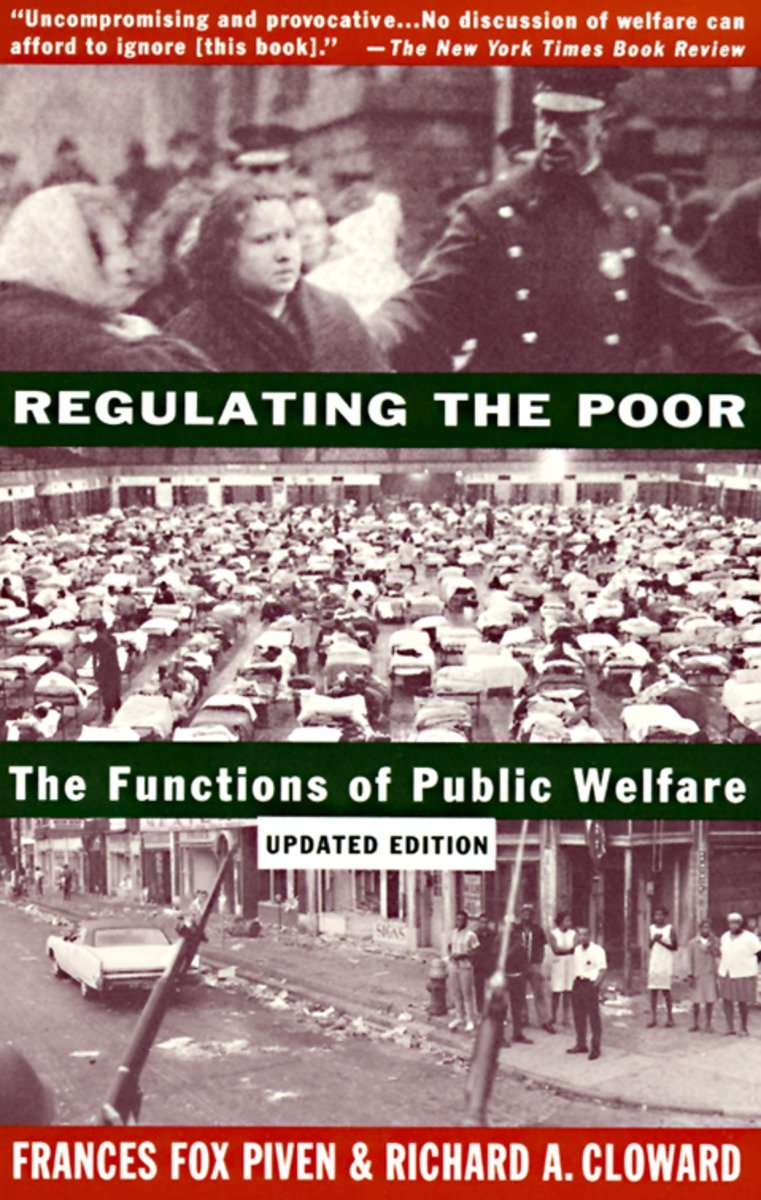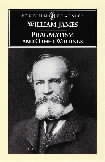Regulating the Poor: The Functions of Public Welfare
14.00 JOD
Please allow 2 – 5 weeks for delivery of this item
Description
Piven and Cloward have updated their classic work on the history and function of welfare to cover the American welfare state’s massive erosion during the Reagan, Bush, and Clinton years. The authors present a boldly comprehensive, brilliant new theory to explain the comparative underdevelopment of the U.S. welfare state among advanced industrial nations. Their conceptual framework promises to shape the debate within current and future administrations as they attempt to rethink the welfare system and its role in American society. “Uncompromising and provocative. . . . By mixing history, political interpretation and sociological analysis, Piven and Cloward provide the best explanation to date of our present situation . . . no future discussion of welfare can afford to ignore them.” —Peter Steinfels, The New York Times Book Review
Additional information
| Weight | 0.5 kg |
|---|---|
| Dimensions | 3.1 × 13.3 × 20.4 cm |
| PubliCanadation City/Country | USA |
| by | |
| Format | Paperback |
| Language | |
| Pages | 544 |
| Publisher | |
| Year Published | 1993-9-28 |
| Imprint | |
| ISBN 10 | 0679745165 |
| About The Author | Frances Fox Piven is Distinguished Professor of Political Science, Graduate School and University Center, City University of New York.Richard A. Cloward was a social worker and sociologist, and was a faculty member at the Columbia University School of Social Work from 1954 until his death in 2001.They co-authored: The Politics of Turmoil, Poor People's Movements, The New Class War, and Why Americans Don't Vote. They won the C. Wright Mills Award and various international and national awards. |
"Uncompromising and provocative….By mixing history, political interpretation and sociological analysis, Piven and Cloward provide the best explanation to date of our present situation…no future discussion of welfare can afford to ignore them."–Peter Steinfels, The New York Times Book Review |
|
| Table Of Content | 1. Relief, Labor, and Civil Disorder: An OverviewPart I: Relief and the Great Depression2. Economic Collapse, Mass Unemployment, and the Rise of Disorder3. The New Deal and ReliefPart II: Relief and the Years of Stability: 1940–19604. Enforcing Low-Wage Work: Statutory Methods5. Enforcing Low Wage Work: Administrative MethodsPart III: Relief and the Urban Crisis6. The Welfare Explosion of the 1960s7. Agricultural Modernization and Mass Unemployment8. Migration and the Rise of Disorder in the Cities9. The Great Society and Relief: Federal Intervention10. The Great Society: Local ConsequencesPart IV: Relief, Deindustrialization, and the War Against Labor: 1970–199011. Poor Relief and the Dramaturgy of Work12. Poor Relief and Theories of the Welfare State |
Only logged in customers who have purchased this product may leave a review.






Reviews
There are no reviews yet.